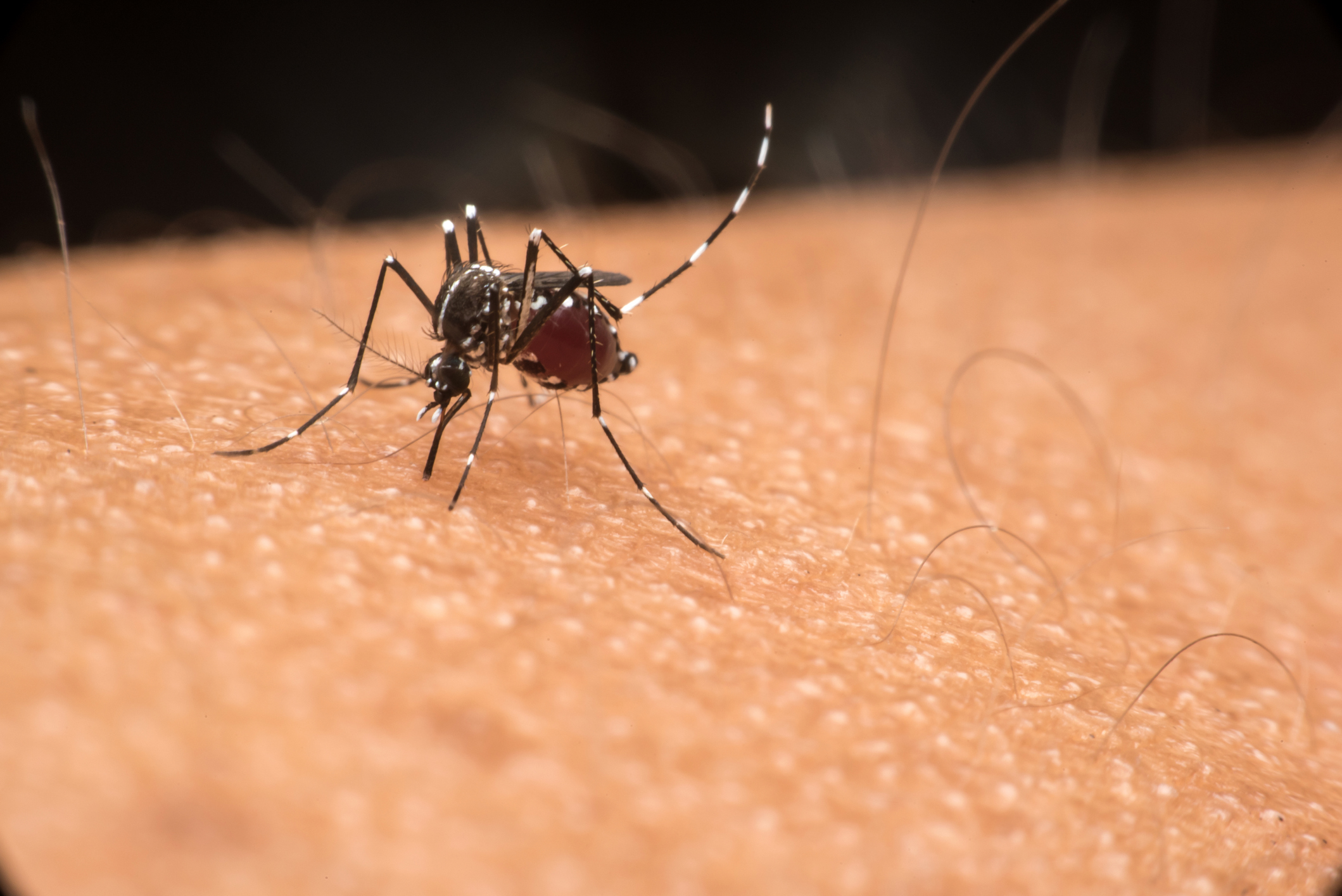Last Wednesday, the Medical College of Peru (CMP) alerted to an increase in cases of dengue that would be causing health centers at the regional level to collapse due to the lack of equipment and personnel to care for patients.
They specified that, so far this year, they have registered so far 54,630 cases of this mosquito-borne viral disease Aedes aegypti. In addition, close to 50 deceased, high figures compared to previous years and that has set off the alarms of health specialists.
They added that there are more than 5 thousand patients and 200 of them are serious cases. The disease is present in 20 regions of the country, among them Lambayeque, Piura, Loreto and Ucayali are the most affected.

The infectious disease doctor Juan Carlos Celispresident of the Peruvian Society of Infectious and Tropical Diseases, explained to Infobae that this disease has not only occurred in Peru, but also there is a major outbreak of dengue in Latin America due to climate change and other factors.
In the case of Peru, the alert for El Niño Costero and the rains in the North Coast and the jungle that propagate the reproduction of the mosquito. “All of that added up is making the outbreak further intense,” he said.
The specialist explained that, although dengue is a disease slightly fatal (0.2%)if there are thousands of cases like now in Peru, there will also be some cases that are complicated.
“It affects regions where there is little training in dengue management. For example, now (…) the Sergio Bernales Hospital has 18 beds occupied with dengue. They have never had that amount (…). That, for a region that has had very isolated cases of dengue, represents a danger to the patient and public health (…) because the specialists are not supplied to care for the patients”, he mentioned.
The doctor indicated that, after the mosquito bite, symptoms may appear between 3 and 7 days. However, more than 80% are asymptomatic.
Those who do have symptoms start with a febrile phase. Of them, about 90% are cured at this stage.
10% of those who have a febrile phase can enter a critical phase where there is vomiting, abdominal pain, bleeding, among other symptoms. However, the infectologist clarifies that, even at this stage, if there is correct treatment (mainly with intravenous hydration) and the patient is monitored, in less than 48 hours he can be discharged.
“This monitoring is the one that many times It fails due to lack of staff and lack of beds. (…) Sometimes they start to send the patient home and there a group of them get worse, ”he mentioned.
“It is not that dengue is complicated in all cases. If diagnosed early, managed well, and hospitalized, the patient is discharged. (…) When you have many patients is when it gets complicated, as is happening in the north, ”she added.
For this reason, he indicated that training of health personnel and a greater number of beds are necessary to reduce mortality, since when an epidemic becomes the circumstances for improving care are complicated.

The Ministry of Health recalls that the female mosquito Aedes aegyptiwhich transmits dengue, Zika and chikungunya, deposits its eggs in places where clean water is stored and reproduces easily in the summer season, when the temperature and rainfall increase, conditions that have occurred in recent months in the center and north of the country.
To prevent this from happening, the following recommendations should be applied: wash, brush and cover the containers where the water is storedchange the water in the vases every three days, change the water in the animal drinkers daily and eliminate useless objects where rainwater can accumulate.
It is necessary identify and eliminate deposits that may be “breeding grounds” of the mosquito. For example, cylinders, drums, tanks, bottles and vases; as well as useless objects such as cans, plastic bottles, disused tires, among others.

